Best Jim Lee creations of all time
Looking back at the best creations of DC's chief creative officer / publisher Jim Lee

Jim Lee is arguably the most popular American comic book artist of the past 30 years. He's also the head of arguably the largest superhero comic book publisher in the world as the chief creative officer/publisher at DC.
In his 30+ years in the business, he's created A-list characters for DC, Marvel, as well as his own creator-owned heroes over at WildStorm.
And to celebrate a lifetime of comic book achievement, we're looking back into his various contributions to the medium.
Here's a look back at Lee's ten greatest creations and co-creations.
10. Divine Right

Jim Lee's last major creation for WildStorm was 1997's Divine Right, and specifically its reluctant hero Max Faraday.
Mixing an Indiana Jones-esque archaeological backstory and some heavy Christian overtones (a common theme for Lee), Divine Right centers on a plucky kid who inadvertently downloads a super-powerful cosmic code into his body that gives him the potential to have the powers of a God.
(Yes, it sounds a little like the 2007 Transformers film, which came out a decade later).
Get the best comic news, insights, opinions, analysis and more!
Faraday and his girlfriend (who he shared the code with) are then pursued by various forces ranging from spy agencies to dueling alien forces (again, Michael Bay's Transformers).
Messianic overtones, post-Ferris Bueller antics, and Jim Lee's dynamic art make Divine Right a unique package and an artifact of the time period that has sadly remained shelved at DC for the last 20 years.
9. Shinobi Shaw
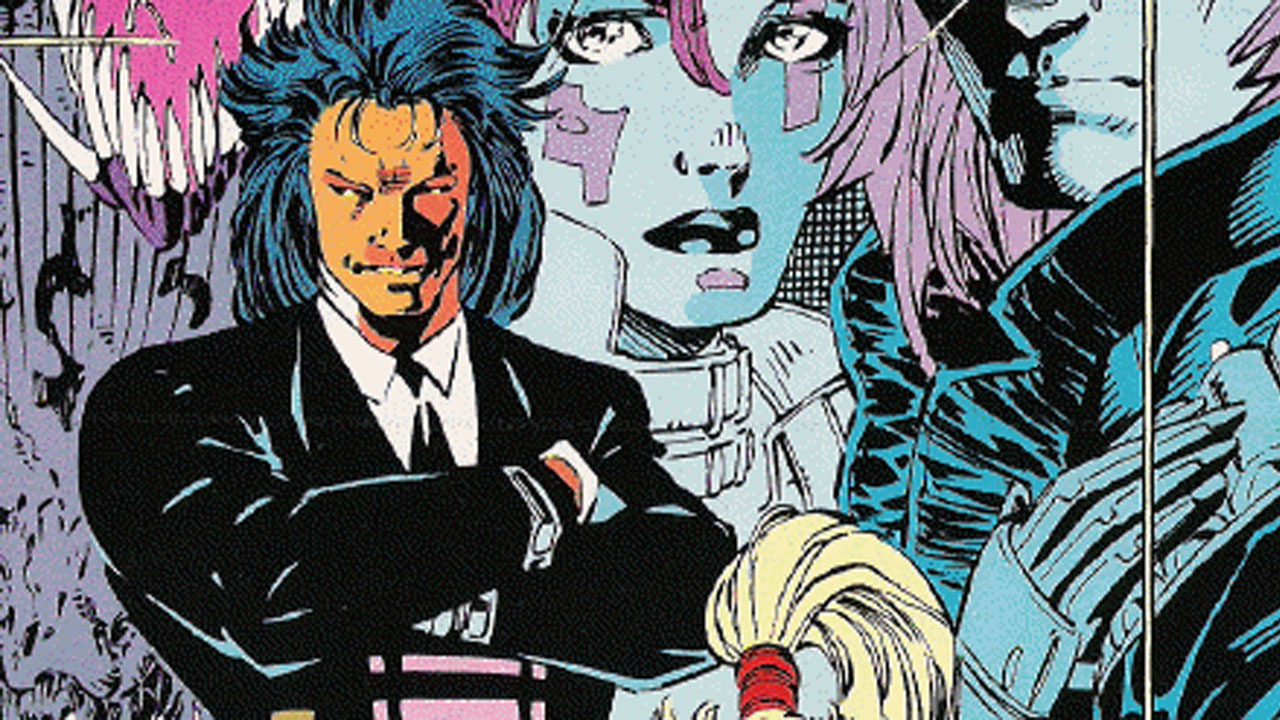
Shinobi Shaw isn't the most well-known of the X-Men's foes, but the son of Sebastian Shaw and a member of the Hellfire Club in his own right, Shinobi Shaw has something in common with his co-creator (along with Whilce Portacio) - he was a young upstart in the X-Men franchise who came in and changed the game.
Gifted with the power of intangibility, Shaw was a member of the appropriately named Upstarts, young and deadly mutant villains with a ruthless drive.
Shaw was off the grid for a while recently, though his last appearance, just earlier this year, involved him committing suicide by phasing his own hand into his head.
Thanks to the power of Krakoa in the new 'Dawn of X' era of X-Men, Shinobi was resurrected with no memory of this death.
8. Deathblow
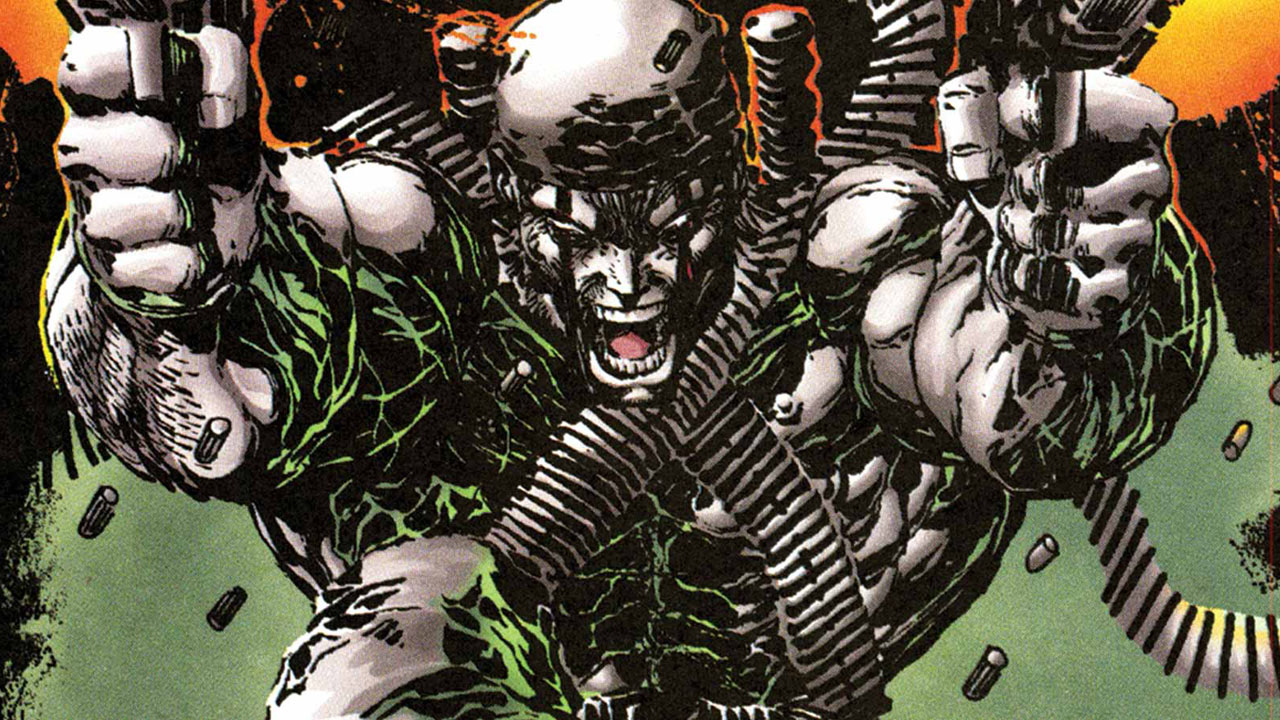
Deathblow isn't just a character - for many years, his name was equally representative of a drawing style.
Originally created in 1993 by Lee and Brandon Choi, Deathblow was drawn in a dramatically darker style Lee was known for - with less crosshatching and more solid blacks than his usual fare.
Heavily influenced by Frank Miller's Sin City that debuted just two years prior, Deathblow's unique style carried on even after Lee departed the title, through subsequent artists like Tim Sale, Lee Bermejo, and Carlos D'Anda.
If you're drawing Deathblow by hand, be ready to buy extra ink to spot those blacks.
As a character, Deathblow is a Punisher-esque soldier out for revenge - but revenge against demons. Dripping with Catholic undertones (again), Deathblow also initially stood out as a terminal illness put a sense of urgency into his mission.
The soldier born Michael Cray was last seen in a 12-issue solo book under Warren Ellis' WildStorm pop-up, but he also existed in 'The New 52,' so there's no telling where he'll show up next.
7. Omega Red

The creepy, crawly, murderous Omega Red is one of the darker mutant villains co-created by Lee, in this case alongside John Byrne.
Omega Red/Arkady Gregorivich Rossovich was a mutant serial killer with enhanced physical strength and reflexes - qualities that made him a perfect test subject for the Russian equivalent of the Weapon X program after his capture.
From there, his body was infused with an experimental Carbonadium alloy, which formed the tentacles that protrude from his forearms. Those tentacles allow Omega Red to drain lifeforce from his victims, which keeps the Carbonadium poison that is slowly killing him at bay.
Omega Red died in just about the most metal way possible - stabbed through the heart by Wolverine with the Muramasa blade. Although he's since been revived, working now in the employ of Dracula... yes, that Dracula.
6. Stormwatch
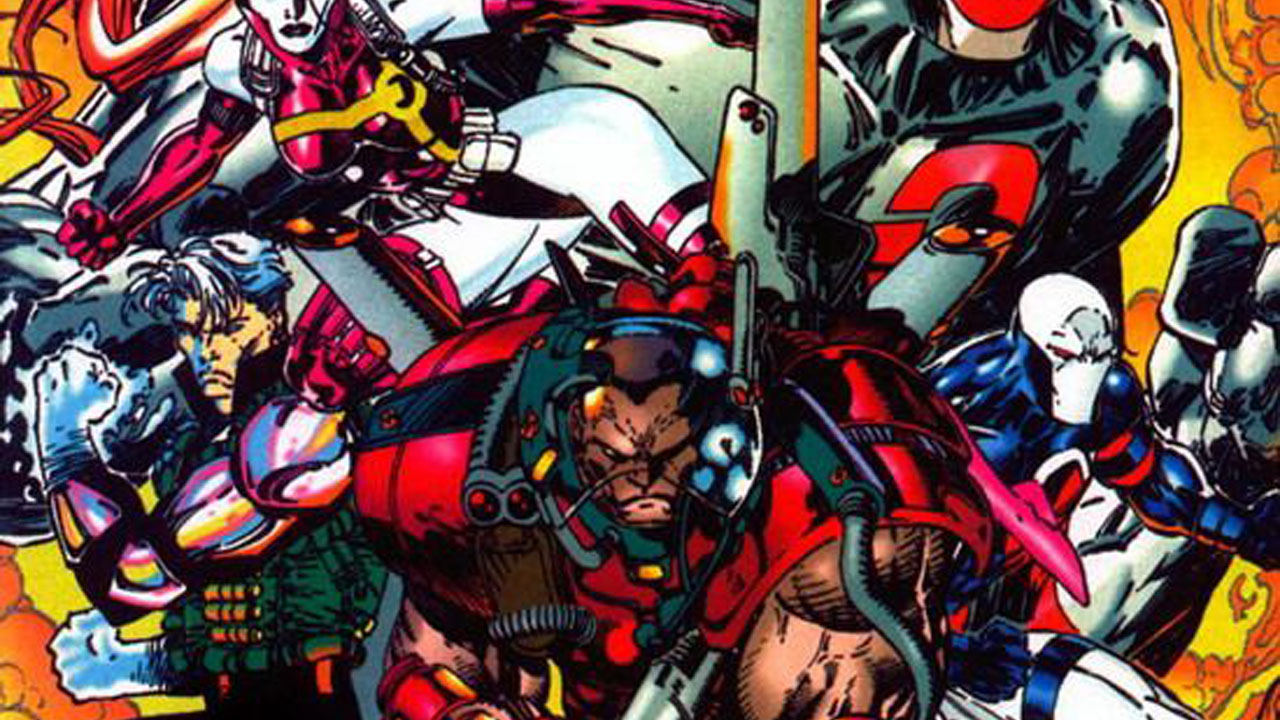
The namesake for the second-half of Jim Lee's WildStorm company name, Stormwatch was introduced as the straight-laced superhero team counterpart to the rebels of the imprint's flagship team, WildC.A.T.S.
Stormwatch was the de facto government superteam - in this case a United Nations-sanctioned team based on a satellite orbiting Earth. Mixing elements of JLA and the 'All-New All-Different' X-Men, Stormwatch had an eclectic and diverse roster - and very different eras with subsequent writers like Ron Marz, Warren Ellis, Micah Ian Wright, Christos Gage, and others.
Of all of Lee's creations in this countdown, Stormwatch featured the least of him as an artist - he designed the characters and drew some covers and occasional pages, but wasn't a part of the series much as an artist.
As a writer, editor, and publisher, however, Lee's influence helped establish the team as Wildstorm's central team as far as the world there was concerned - even though WildC.A.T.S. and the world-changing Authority were more popular to comics readers.
5. Hush
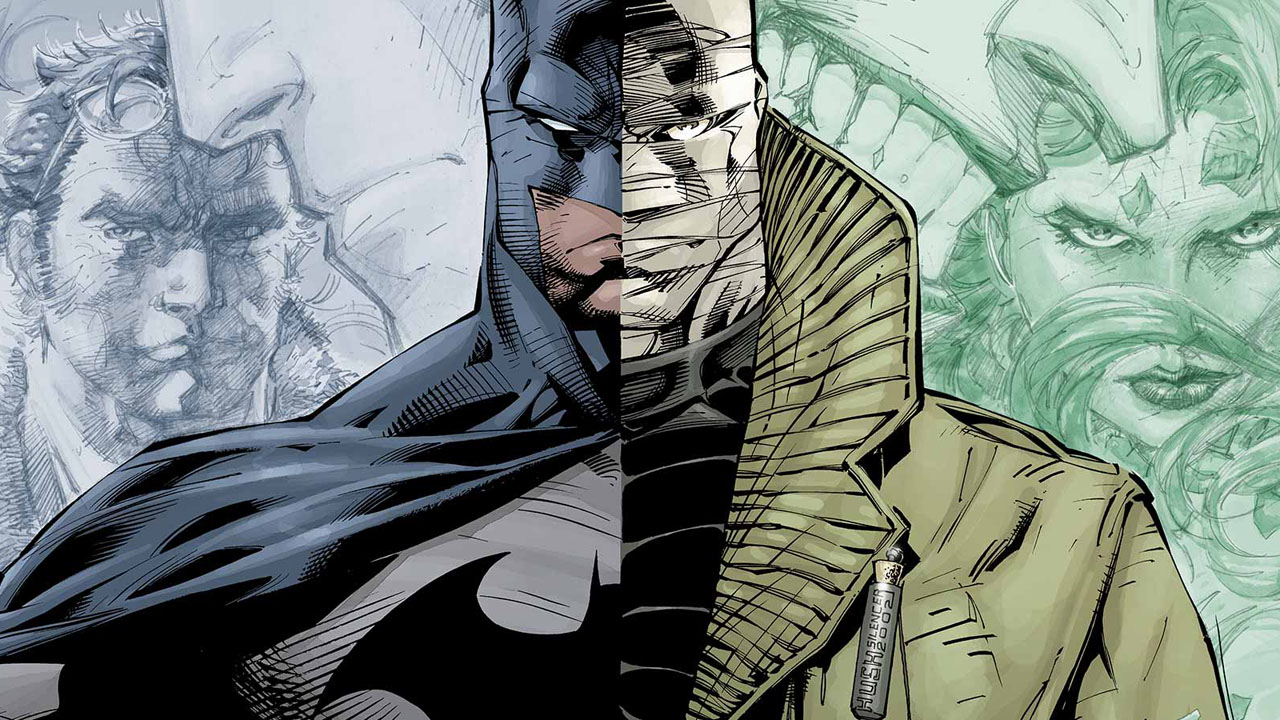
In just fourteen issues, Lee and Jeph Loeb changed Batman forever (no pun intended).
Lee and Loeb's 'Hush' arc of Batman weaved a sweeping mystery that reinvigorated not just Batman's place as Gotham's Dark Knight Detective, but many of his fabled villains as well.
But at the heart of 'Hush' was, well, Hush - a secretive, mysterious menace who manipulated Batman's life and pulled together many of his enemies in a vast conspiracy - all as a matter of personal vendetta.
Hush was eventually unmasked as Tommy Elliot, a childhood friend of Bruce Wayne with a strategic mind who unsuccessfully attempted to inherit his parents' vast fortune by secretly murdering them. When Bruce's parents were murdered, Elliot became jealous and vowed vengeance, eventually using his family's fortune to have himself surgically altered to look like Bruce Wayne in a twisted act of malice.
Though the real mastermind was eventually revealed as the Riddler (who was manipulating even Elliott himself), Hush remains among the pantheon of Batman's arch-enemies - a different sort of evil reflection not of the Caped Crusader, but of his alter ego.
4. Image Comics
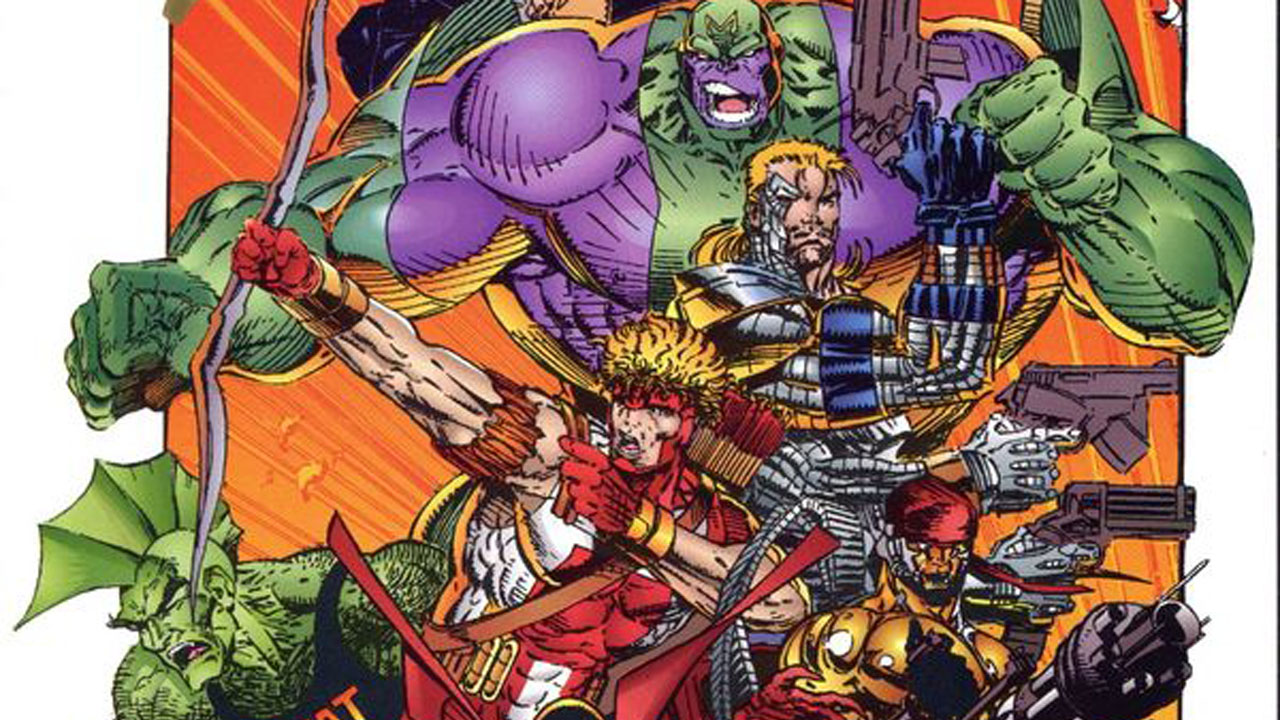
Lee wasn't the one who came up with the idea for Image. He didn't create the name, or the logo - but he was, in many ways, what made it work where many other independent comic companies failed.
Initially conceived by Erik Larsen, Rob Liefeld, and Jim Valentino, the organization that would become Image needed another big name to make it work - and Jim Lee was it.
Lee was arguably comics' top artist, recently breaking a record with the million-copy-plus X-Men #1 at Marvel. But he was also a businessman, and Image needed both the creator and the businessman to get started - and to flourish.
And flourish they did, with Lee's WildStorm becoming one of the pillars of the Image Comics line - and Lee, behind the scenes, being one of the stabilizing forces in a company founded by comics artists who would readily admit they had never run a company before.
Lee ultimately left Image in 1999 as part of his deal to sell WildStorm to DC, but has returned intermittently for guest covers and reunion panels.
3. Gambit

Created by Lee and Chris Claremont, the X-Men's Gambit fulfills a very specific archetype for the team - the gentleman rogue and master thief with a heart of gold.
Well, at least he has a heart of gold now - back before he was with the X-Men he was one of Mr. Sinister's Marauders and allowed the villains into the Morlock tunnels to slaughter the peaceful mutants.
Though Gambit did once slip back into his old ways, he's largely remained a staple of the X-Men since the '90s, and recently married his longtime paramour Rogue.
2. Gen13

For some, Gen13 is an artifact of '90s comics - edgy, sexualized designs, frenetic action, deep, often confusing mythology. But at its heart, Gen13 is something totally different - a bombastic, kinetic take on teen superheroes that took the trope in a very different direction from predecessors like the X-Men and Teen Titans.
With attitudes, style, and personalities rooted in the real 'cool kids' of the '90s, Gen13 stuck out immediately from the pack by reflecting teens and young adults in a way superhero comics rarely showed them at the time - flaws and all.
It doesn't hurt that Gen13 was also just a hell of a lot of fun, with cutting edge art and a madcap sense of humor - and a sense of story that wound up spawning numerous spin-offs and a whole mythos of characters.
Gen13 hasn't been around in some time - since WildStorm was sold to DC some of the characters showed up during the 'New 52,' but by and large they've been ignored.
But if the time was ever right for the return of a wild, unapologetic take on sexy, funny super teens...
1. WildC.A.T.S.

After creating characters here and there for Marvel Lee created a team and a title of his own in WildCA.T.S.
Working with friend and frequent collaborator Brandon Choi, Lee carried over some popular visual elements from his X-Men run, recontextualizing those ideas in original stories pulled from more eclectic places - everything from the Justice League to hard sci-fi. Even issues about immigration were explored.
But the art... the art was classic Lee.
Whereas Uncanny X-Men and X-Men led to his first brush with popularity, given the ability to be his own boss with WildC.A.T.S. at Image, Lee was able to refine his style and choose his collaborators, making WildC.A.T.S. feel like the pinnacle of superhero artistic achievement for a time.
Over the years the concept of the team evolved, and Lee stepped back to make way for creators such as Alan Moore, Travis Charest, Joe Casey, and Dustin Nguyen to add to the mythos he created. But every couple of years, Lee would return, relaunching it with a new #1.
The most recent revival of the team happened in the pages of the now-concluded The Wild Storm title from DC, although there's a hint of them returning in the DC proper as Grifter has been seen in the art for upcoming issues of Batman.
Chris Arrant covered comic book news for Newsarama from 2003 to 2022 (and as editor/senior editor from 2015 to 2022) and has also written for USA Today, Life, Entertainment Weekly, Publisher's Weekly, Marvel Entertainment, TOKYOPOP, AdHouse Books, Cartoon Brew, Bleeding Cool, Comic Shop News, and CBR. He is the author of the book Modern: Masters Cliff Chiang, co-authored Art of Spider-Man Classic, and contributed to Dark Horse/Bedside Press' anthology Pros and (Comic) Cons. He has acted as a judge for the Will Eisner Comic Industry Awards, the Harvey Awards, and the Stan Lee Awards. Chris is a member of the American Library Association's Graphic Novel & Comics Round Table. (He/him)



